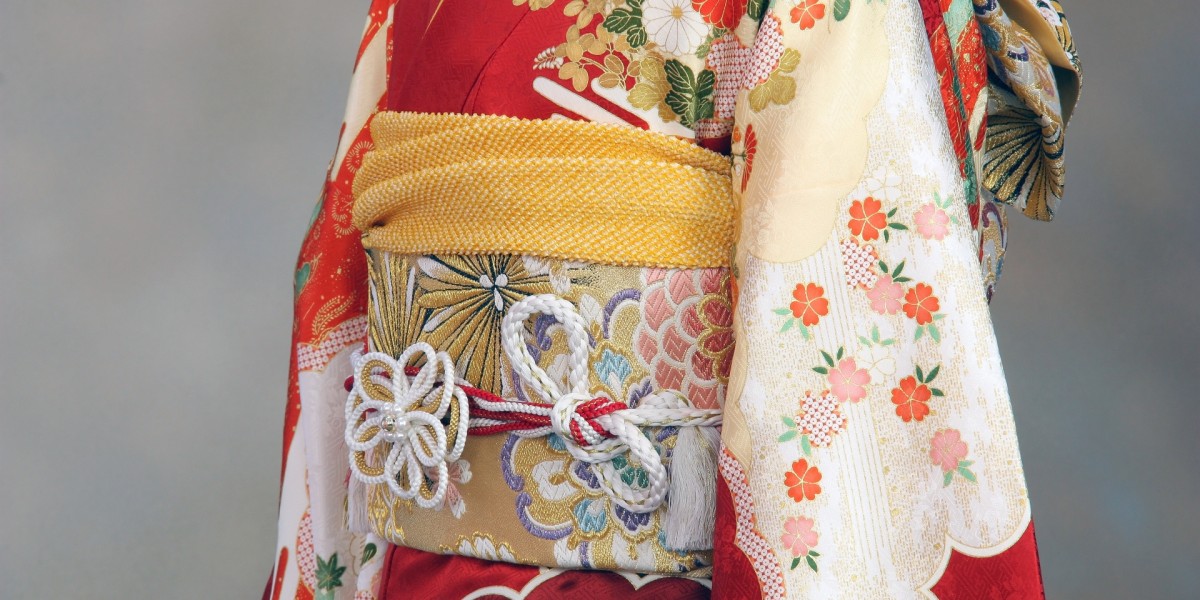There’s a strange myth in the Western kimono market: that every kimono is an ultra-rare, one-of-a-kind masterpiece, handcrafted like haute couture, and deserving of a price tag in the thousands. Sure, some kimono are unique pieces of art—uchikake, furisode, hand-painted masterpieces made for special occasions, or pieces from the Edo or Meiji period that are truly museum-worthy—but let’s be real: most second-hand kimono are just that—second-hand clothes.
I was in Berlin recently and visited a shop selling vintage and antique kimono, but the prices were shocking. Haori started at around €275, and some pieces were priced even higher. These were undoubtedly beautiful garments, and I could appreciate their craftsmanship, but the price tags felt completely out of touch. Maybe I’ve just been spoiled by Shinei and Yahoo Auctions, where I can find amazing pieces for a fraction of the cost, but seeing these numbers in a European shop made me pause.
And then there was a tsukesage I liked priced at €2,400. At that price, I could have a brand-new, tailored one made! 😂 I understand that Western sellers have overhead costs, but when the markup is that extreme, it stops being about making kimono accessible and starts being about selling an exoticized luxury fantasy.
On top of the markup, I think these shops take advantage of people who are interested in Asian culture but don’t actually know anything about kimono—what they cost, what they’re used for, or how to source them. It’s easy to convince the average person that all kimono are rare, handcrafted artworks and always cost a small fortune. The reality? These shops aren’t looking for the well-informed buyer. They’re targeting people who will drop €3,000 on a whim, thinking they’re buying a once-in-a-lifetime piece of Japanese history.
For reference, I bought my first kimono from a Japanese antique shop in Amsterdam for €90. It had no stains or damage, and even then, I thought it was pricey. Now, that seems like an absolute steal compared to what I’m seeing in some Western boutiques.
Pricing aside, another thing that constantly irks me is how kimono are styled in the Western fashion world. I appreciate creative expression, but there’s a difference between reinterpreting a garment and completely disregarding its original purpose. One of the worst offenders? Nagajuban worn as jackets.
Nagajuban are undergarments—meant to be worn under kimono to protect them from sweat and body oils. They are not outerwear. Seeing someone throw one over a dress, pair it with chunky sandals, and call it a “statement piece” makes me feel the same way I would if someone walked around wearing a silk slip as a coat. Sure, they can wear what they want, but it just looks and feels wrong.
And then there’s the terminology. “Kimono jacket,” “kimono robe,” “boho kimono”—it never ends. The word “kimono” is slapped onto anything vaguely reminiscent of a long, flowy garment with wide sleeves, completely stripping it of its cultural and historical significance. I don’t expect everyone to adhere to traditional rules, but at least have some awareness of what you’re selling.
It’s frustrating because I do love that kimono are getting appreciation worldwide. But sometimes I have to ask—who is this appreciation actually for? When traditional garments are treated as luxury fashion statements or exotic decor pieces rather than clothing with a rich cultural history, it just feels… off. It stops being about the kimono itself and becomes more about the idea of wearing something “Japanese.”
At the end of the day, everyone is free to wear what they like. But if you’re going to charge hundreds or thousands of euros for vintage kimono, or style them in completely ahistorical ways, at least take the time to understand what you’re working with. Appreciation without knowledge feels empty. I’d love to see more people engage with kimono in a way that respects their origins rather than just their aesthetic value.
